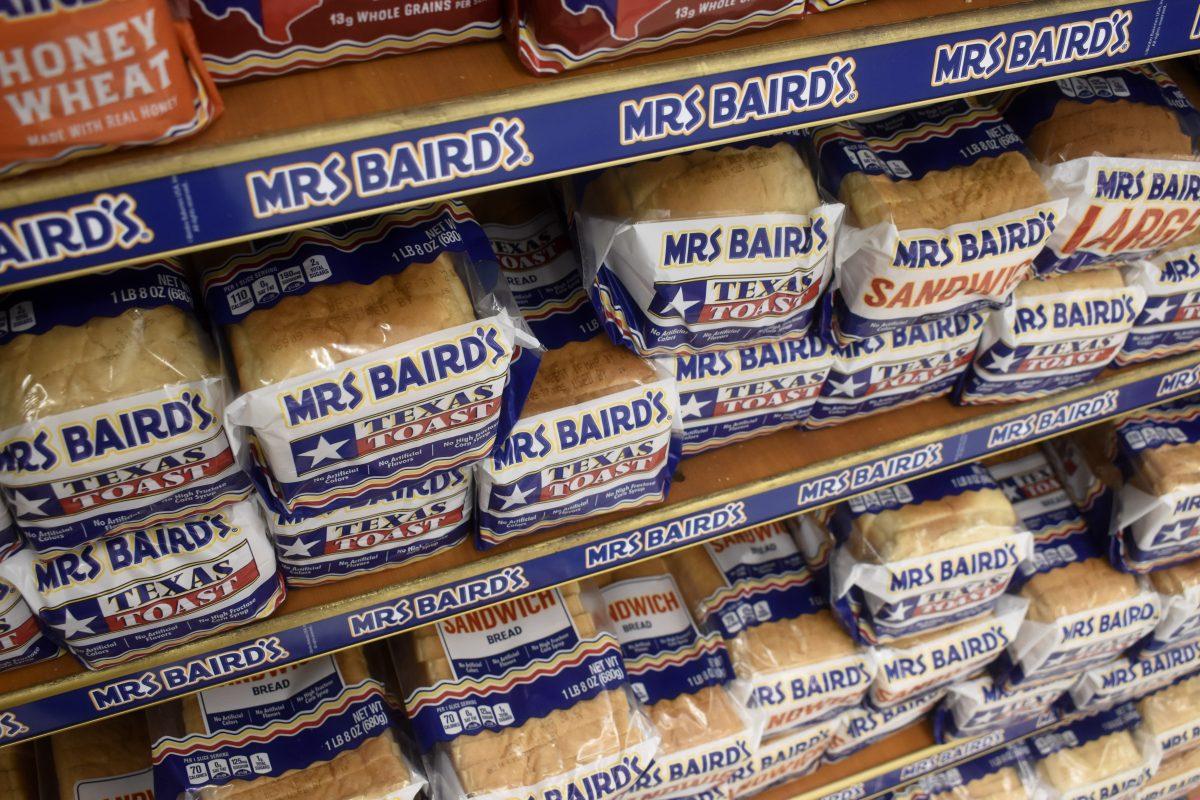With an estimated world population of 9.7 billion by 2050, the demand for higher crop yields has only increased. The number of farmers around the world has decreased. More of the world population is becoming unfamiliar with where their food comes from. Regardless, farmers and scientists still work around the clock to improve food production and solve the challenges that hang over agriculture’s future.
Scientists are working proactively to solve modern agricultural problems through the study of crop breeding. This practice combines the best characteristics of each plant in hopes of passing strong traits down to the next generation. This practice creates superior lineages of plant species that will be able to withstand changing climate, various crop diseases and produce higher yields.
David Stelly, a cotton breeder and professor at the Department of Soil and Crop Sciences, said he has been working to improve the quality of cotton produced not only in Texas, but around the world.
Stelly works with the genus Gossypium, some of the genes he focuses on are hirsutum, tomentosum, mustelinum, and babadense.
“What my job is, is to bring new genetic variation into the one we have cultivated,” Stelly said. “We transfer genes from other cotton species into the cultivated species.”
Stelly and his team take genetic material and place segments of that particular species’ chromosomes into upland cotton. They then observe how these segments react. Their hope is to pinpoint the more advantageous genes.
“It’s like finding a needle in a haystack,” Stelly said.
Their science is crucial in helping feed the world through better understanding of crop breeding.
“You try to stave off constantly evolving pathogens and pests,” Stelly said.
Breeders are trying to create crops that are responsive and adaptable to the environment around them. On top of stronger plant species, breeders “try to enhance yield and quality,” Stelly said.
“Small differences in quality make big economic impacts,” Stelly said. “Those are really important principles for breeders, a lot of what breeders are doing is ratcheting up performance a little bit every year.”
Amir Ibrahim, a wheat breeder and professor at the Department of Soil and Crop Sciences, helps lead wheat breeding in Texas, along with researcher Jackie Rudd to develop hard winter and soft winter wheats, which are used for different baked products.
“The ultimate goal is to develop wheat cultivars that we can give to the producer,” Ibrahim said. “We are in the service of the clientele, we work with the farmers, we listen to the farmer.”
Ibrahim also discussed the goals that breeders must meet when developing new wheat cultivars.
“My goal is to have an incremental gain in yield every year,” Ibrahim said. “We have to increase yield annually to meet the needs of a growing population.”
Ibrahim said his work doesn’t stop at increasing yield, he must also prevent new diseases.
“Even though you release a new cultivar that has resistance to diseases and pests, we have a concept in pathology and entomology that is called the gene-for-gene concept,” Ibrahim said. “It means that for every gene of resistance, pathogens and pests try to come up with new genes of vigilance … It’s a continuous war with these biotic stressors. Which is why we constantly have to maintain that resistance.”
There are many factors mother nature introduces into the agricultural field that keep farmers and breeders on their toes.
“Appreciate where the food comes from,” Ibrahim said.
Consumers go into the supermarket, get their food, go home and think nothing of it. There is more to the story than that. Bread, for example, comes from wheat. That wheat has been bred, planted, harvested — so much labor invested in what people consume every day.
Seth Murray, a corn breeder and professor at the department of soil and crop sciences has been focusing on developing and producing more corn while using the least amount of land. One major tool Murray said he has been using to help conduct his research is aerial drones. Aerial drones help collect data that can help improve the breeding of corn.
“We have become the world leaders in using [Unmanned Aerial Vehicles, or] UAVs for plant breeding,” Murray said. “We do this in the context of trying to improve corn for farmers in the state of Texas.”
Getting support for innovative breeding can be difficult especially when many consumers are not familiar with food production, Murrary said.
“Many have become disconnected,” Murray said. “You have people that have become totally disconnected from their food system. The levels of consumption have increased but the number of farmers has gone down.”
The takeaway is the importance of “food security, making sure that we continue to have enough food to feed people, sustainability, doing things that do not erode top soil,” Murray said. “Our land is being developed to build new high rises and strip malls so we are going to have less land but still have more people to feed.”
Murray’s advice to consumers is to get educated on where the products they consume come from, and work on sustainability.
“Sustainably feeding people and doing so in a way that does not pollute the air and water or contribute to climate change,” Murray said.




















